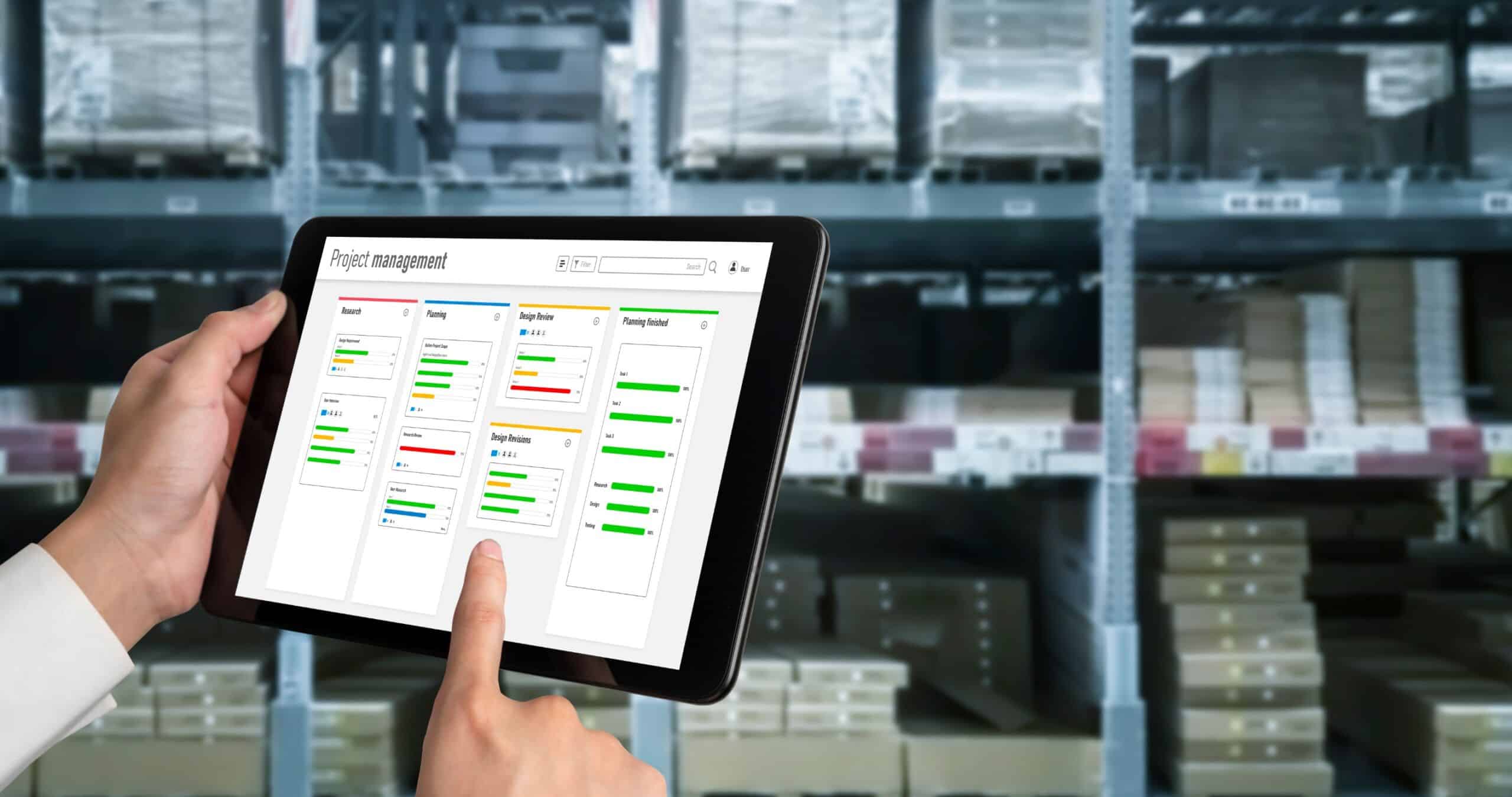
A Day in the Life of a Supply Chain Analyst
Introduction
It’s important to understand a day in the life of a supply chain analyst if you’re looking to work in that field. We’re seeing more and more volatility in the supply chain talent world. This volatility has created lots of opportunities for interested candidates with no experience to enter the job market. It has also allowed for a lot of internal movement and promotions. Here’s a bit of a snapshot of a day in the life of a supply chain analyst.
What is Supply Chain Analysis?
Supply chain planning is a crucial part of any organization that deals with the manufacturing or distribution of products. A supply chain analyst is responsible for ensuring that products and materials are available in the right quantity, at the right time, and in the right location. They work closely with suppliers, manufacturers, and customers to ensure that production schedules are met, inventory levels are maintained, and delivery timelines are met.
A day in the life of a supply chain analyst is quite hectic and fulfilling – literally! They play an important role in keeping businesses running smoothly.
Learn First-Hand from a Supply Chain Analyst!
Watch Rodney Apple & Chris Gaffney with SCM Talent Group sit down with Supply Chain Analyst at Profit Point Inc, Aviva Kosansky. Aviva shares details about what a day-in-the-life of her position looks like!
Daily Job Activities
Starting the day
A typical day for a supply chain analyst starts early. They begin by reviewing any overnight emails or reports from suppliers, manufacturers, or logistics partners. They may also check inventory levels and production schedules to ensure that everything is on track.
Creating a plan
Once they have a clear understanding of the current state of the supply chain, the analyst will begin creating a plan for the day. This may involve adjusting production schedules, ordering more inventory, or working with logistics partners to ensure that products are delivered on time.
In a Pandemic impacted supply chain world, these plans have become ever more fluid and disrupted. Automation and digitization have increased the need for technical savvy as well as strategic thinking. A position that was once mostly tactical has evolved into a strategic role that coordinates with all kinds of formerly siloed departments.
Coordinating with suppliers
One of the most important tasks for a supply chain analyst is working closely with suppliers. This involves communicating regularly to ensure that orders are placed and delivered on time. If there are any delays or issues, the analyst will work to resolve them quickly to minimize any disruptions to the supply chain.
Managing inventory
Another key responsibility for a supply chain analyst is managing inventory levels. This involves monitoring stock levels and making decisions about when to order more inventory. They will also work to minimize waste and ensure that the company is not holding onto excess inventory that is not needed.
A lot of these day to day tasks are highly dependent on how much inventory the supply chain analyst is managing. You might be working for a small craft beverage start up with only regional distribution. But, if you’re a supply chain analyst for Coca-Cola, your day to day inventory management duties will be a different scope altogether.
Ecommerce has also permanently changed the game for inventory management.
Working with logistics partners
In addition to working with suppliers, supply chain analysts also work closely with logistics partners such as shipping companies, warehouses, and freight forwarders. They will coordinate with these partners to ensure that products are delivered on time and that any issues are resolved quickly.
As with inventory management, working with logistics partners has also dramatically evolved in a Pandemic world. More and more companies are using 3PLs and 4PLs. These third and fourth party logistics providers help to streamline logistics and transportation needs. While it sounds simple, there are still a lot of moving parts – and people – to keep track of.
Tracking performance
Throughout the day, a supply chain analyst will be tracking performance metrics such as on-time delivery rates, inventory turns, and order fulfillment rates. By monitoring these metrics, they can identify areas for improvement and make adjustments to the supply chain to increase efficiency and reduce costs.
This is where technology has really grown by leaps and bounds. The use of control towers, enterprise resource planners(ERPs), warehouse management systems (WMS), and other data heavy tools have created incredible synergies between all the partners involved in the day of a supply chain analyst.
Managing crises
Despite the best planning, sometimes things go wrong. A supply chain analyst must be prepared to handle any crises that arise, such as a delayed shipment or a supplier going out of business. They must be able to think quickly and come up with creative solutions to keep the supply chain running smoothly.
The best laid plans, literally. That’s the job, though, right? With a lot of moving parts and people, there’s an increased likelihood of something going wrong. Part of the skillset requires being keenly attuned to all of these machinations in as much of a real time as possible and to be able to quickly and calmly respond in the most efficient manner possible.
Continuing education
Finally, a supply chain analyst must stay up-to-date on the latest trends and best practices in the industry. This may involve attending conferences, taking courses, or simply reading industry publications. By staying informed, they can continue to improve their skills and make the supply chain more efficient.
Conclusion
In conclusion, a day in the life of a supply chain analyst is a busy and challenging one. These professionals play a critical role in ensuring that products and materials are available when and where they are needed. By working closely with suppliers, logistics partners, and other stakeholders, they help to keep the supply chain running smoothly. Whether it’s adjusting production schedules, managing inventory, or handling crises, a supply chain analyst must be able to think quickly and adapt to changing circumstances. With the right skills and knowledge, they can make a significant contribution to the success of their organization.
One thing is for sure: this is not a boring job and it has a ton of growth potential. The supply chain is in need of people at most every level and offers a multitude of opportunity to grow and advance your career across this exciting landscape!
